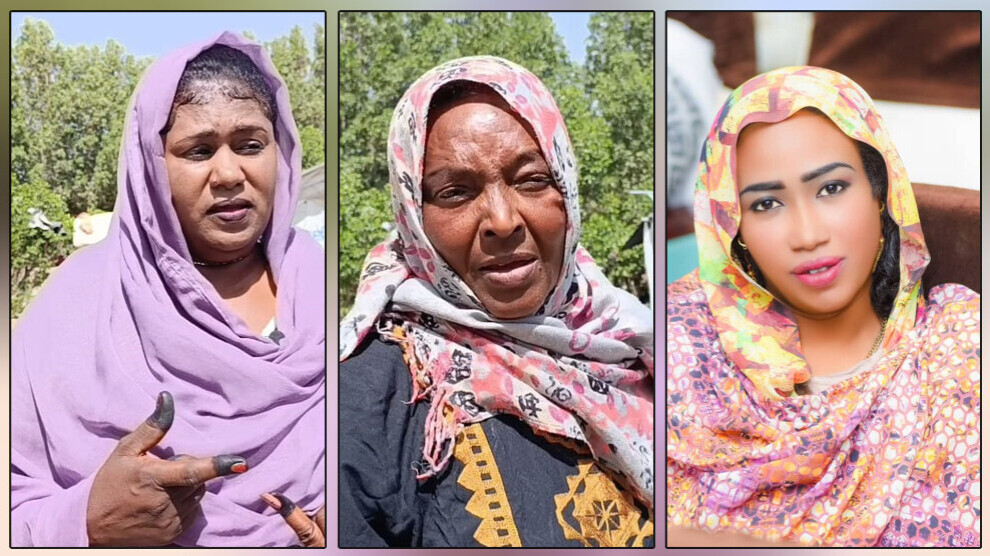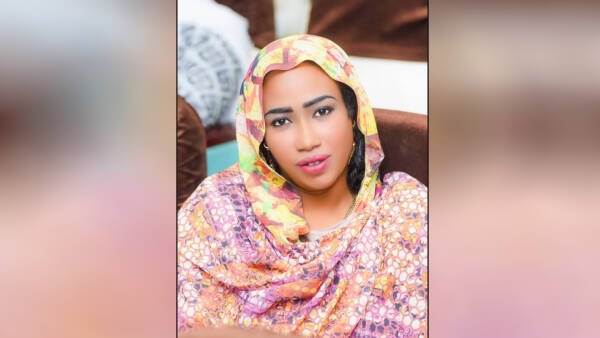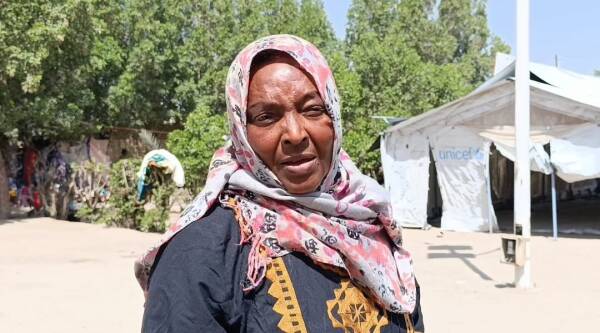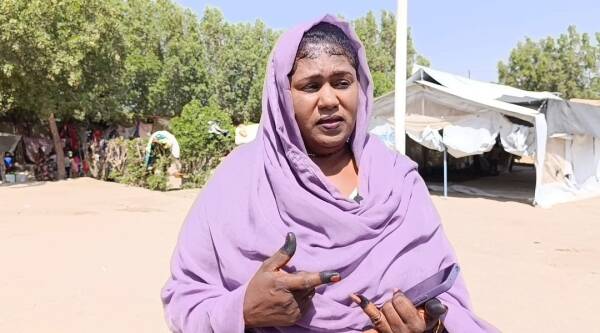Displaced Sudanese women struggle to survive difficult living conditions
The fighting between the Sudanese Armed Forces and the Rapid Support Forces has entered its second year, displacing thousands of women. Women, who fled their homes with their families to safe areas, struggle to survive difficult living conditions.

AYA IBRAHIM
Sudan- The fighting between the Sudanese Armed Forces and the Rapid Support forces that started on April 15, 2023, continues. Sudan has become the largest internal displacement crisis in the world. Within Sudan, over 6.6 million people are internally displaced, seeking shelter in over 6,700 locations and a majority of the 1.8 million, who have fled the country, have sought refuge in neighboring nations.
Sudanese women are the most affected and vulnerable group suffering from the collapsed economy, health, education systems in the country. Overnight, they found themselves facing an unknown fate and difficult living conditions that can only be described as tragic. Some of them took refuge in shelter centers in safe states of Sudan. Some are still travelling from cities to cities to find a safe space.
A number of shelter centers in the safe states of Sudan are crowded with displaced women. For the displaced people, it is not easy to access financial assistance provided by the United Nations World Food Program (WFP). Every day, thousands have to wait in line for hours to access food supplies. NuJINHA spoke to the displaced women of Sudan about their living conditions.
‘Rents were too high’

Journalist Sarah Al-Tayeb is one of the displaced women from Khartoum. She fled Khartoum to Wad Medani and then to Port Sudan with her family. “We first went to Wad Medani. We walked for days to reach it but we had to leave it when the Rapid Support Forces took control of the city. After walking for several days, we reached the city of Port Sudan. But we faced a bitter reality; the rents were too high.”
She changed four cities during her journey of displacement

Zainab Al-Samani Al-Daw suffered during her journey of displacement from Darfur to Nyala, from Nyala to Ar-Rahad, from Ar-Rahad to Wad Medani and from Wad Medani to Port Sudan. “We had a very difficult journey of displacement. The most difficult thing for me is to be away from my family.”
‘We have not received our salary for eight months’

Raja Jaafar, a teacher in Khartoum, also had to leave her home in Khartoum due to the fighting between two parties. She first went to the city of Atbara in northeastern Sudan and from there to Port Sudan. She now lives in a shelter center. Describing the living conditions in the shelter center as “tragic”, she said, “We have not received our salary for eight months. We are aware of the consequences of war, but state employees must have a special status.”
Call for a ceasefire
NuJINHA team visited many shelter centers to monitor the tragic conditions of displaced women. Sumaya Hassan, in her fifties, told us that the fighting led her to an unknown fate. She was in tears while talking about the difficult living conditions in the shelter centers. In her speech, she called on both parties of the fighting to “stop this war. We are tired of life and the situation we are in.”
Sulafa Hamid Ahmed Al-Badawi, a volunteer for a humanitarian aid organization in Sudan and a supervisor of the nutrition of children with cancer, told us that the displaced people experienced difficult living conditions. “Most of them fled from Khartoum and walked for days to reach here. In shelter centers, they suffer from difficult living conditions. I hope that peace and security prevail and all Sudanese return to their homes.”
